Culture
Sanatana Dharma, Bhagavad Gita, and Sri Narayana Guru
Aravindan Neelakandan
Jan 15, 2025, 11:02 PM | Updated 11:01 PM IST
Save & read from anywhere!
Bookmark stories for easy access on any device or the Swarajya app.
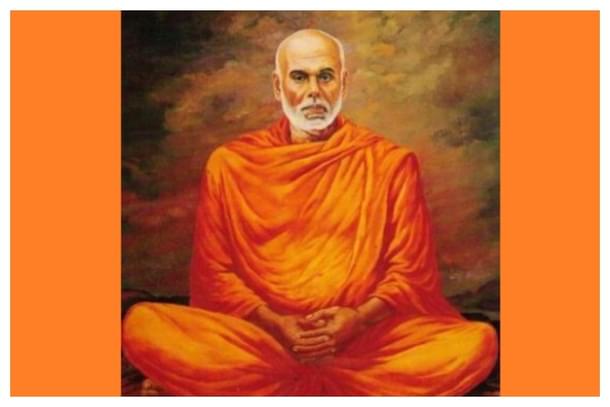
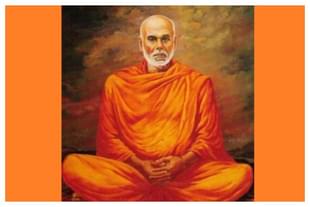
On December 31, 2024, Kerala Chief Minister Pinarayi Vijayan made some remarks about Sanatana Dharma during a speech at the Sivagiri pilgrimage conference.
At the principal pilgrim centre of the Vedantic seer Sree Narayana Guru, the Marxist leader stated that the Guru should not be viewed as a proponent of Sanatana Dharma. Vijayan instead equated Sanatana Dharma with the caste-based varnashrama system:
Sanatana Dharma is synonymous with or inseparable from Varnashrama Dharma, which is based on the Chaturvarna system... How, then, can Guru be an advocate of Sanatana Dharma?
Following this, CPI-M state secretary M.V. Govindan called Sanatana Dharma ’vulgar’, equating it with the chaturvarnya of Manusmriti.
Surprisingly, Kerala Congress leader Satheesan criticised such remarks, arguing that they distorted Sanatana Dharma by 'unfairly associating it with the Sangh Parivar'. According to him, Sanatana Dharma is a part of India's cultural heritage, encompassing Advaita and the philosophy of the Vedas, and the Upanishads.
The BJP has strongly condemned the speech of Kerala CM.
Considering that controversial and offensive remarks on Sanatana Dharma has become a recurring theme in the nation's political discourse, it is essential to comprehend the worldview behind this persistent negative portrayal of it as a birth-based discriminatory system.
What do the texts say?
The first question that has to be asked is if any of the foundational sacred texts of India associate birth-based chaturvarna with Sanatana Dharma?
In the Shanti Parva of Mahabharata, Bhishma narrates how an ascetic who was proud of his own austerities and patience, was made to go to a person who traded forest products.
Sanatana Dharma was defined through the words of this very worldly trader known only as Tuladhara to a very spiritual ascetic Jajali thus:
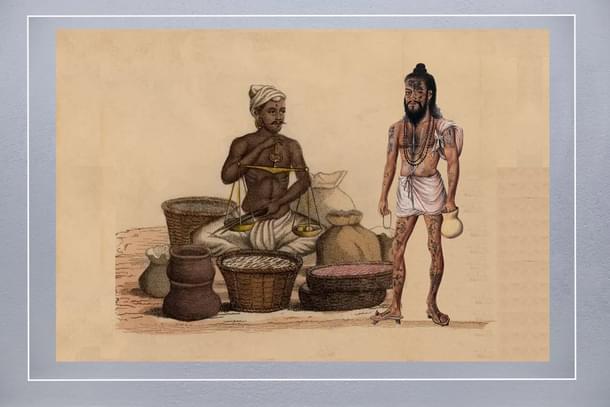
‘Dharmam Sarahasyam Sanatanam Sarvabhutahitam Maitram’- the sacred core essence of Sanatana Dharma is a good harmonious fraternal relationship with all beings.
Manusmriti is not a core sacred text. It contains many discriminatory and unjust passages as well as real pearls of wisdom. When it comes to giving a definition of Sanatana Dharma, even this text does not define it as a system which follows those discriminatory passages. Rather it states clearly that speaking the truth in a way that is beneficial to all is Sanatana Dharma.
Nowhere in the Hindu literary tradition was the term 'Sanatana Dharma' considered synonymous with a birth-based system of graded discrimination.
What is ‘Sanatana’ in Gita?
The Bhagavad Gita uses the word ‘Sanatana’ seven times, twice by Arjuna and five times by Shri Krishna. Arjuna initially links ‘Sanatana’ with rigid family duty (kula-dharma, 1:40). Shri Krishna negates this, revealing the true essence of 'Sanatana', transcending such limitations.
Shri Krishna never associates Dharma with birth-based categories (jati or kula)) but instead emphasises ‘swa-dharma’, duty, based on individual nature) ’swa-bhava’.
Krishna uses ‘Sanatana’ to describe:
The eternal Self (Atman): Unbreakable, unchanging, and all-pervading (2:24).
Brahman (the ultimate reality): Achievable through selfless action which is Yajna (4:31).
Bijam - Primordial seed within all beings: The source of evolutionary impulse and intelligence (7:10).
Avyaktat: The undefined deeper reality behind the universe (8:20).
Jiva-Bhutah: The immanent Divine (Amsa) in all life (15:7).
Arjuna, after witnessing Vishwarupa, recognises ‘Sanatana’ as the attribute of Supreme Godhead that is the eternal foundation of existence and universal Dharma (11:18).
Thus, the Gita does not associate ‘Sanatana Dharma’ with birth-based stratification. Gita associates Sanatana Dharma with the Self, the interconnectedness of all beings, and spiritual equality. This emphasises spiritual unity and equality, obliterates birth-based privileges and social exclusions.
Why associate Sanatana Dharma with Social Stagnation?
During the pre-Independence period, the imposition of the British legal system on Smriti-Dharma Shastra literature tragically halted the natural evolution of social principles within Hinduism. This allowed vested interests, both within and outside India, to falsely equate Hindu Dharma with its most stagnant and oppressive elements.
Consequently, true spiritual leaders who sought to reform society and align it with the essence of Sanatana Dharma were ironically branded as rebels. The forces of social stagnation, particularly the orthodoxy, had co-opted the term ‘Sanatana Dharma’ to defend their regressive positions.
Thus, those opposing progress and upholding practices like child-marriage and temple-entry restrictions, paradoxically claimed the mantle of ‘Sanatanis.’
How did this come to be?
Arya Samaj founded by Swami Dayananada Saraswati started most of the fights against social stagnation and the rights of the socially excluded communities.
The famous bill banning child marriages in India, the Sharda Bill, was brought by Har Bilas Sharda who was an Arya Samaji.
Swami Dayananda Saraswati, in his foundational text referred to Vedic religion as ‘Sanatana Nitya Dharma’. The book popularised the term among the masses. In his statement of belief, Dayananda Saraswati defined this ‘primeval eternal religion’ as being above all sectarianism.
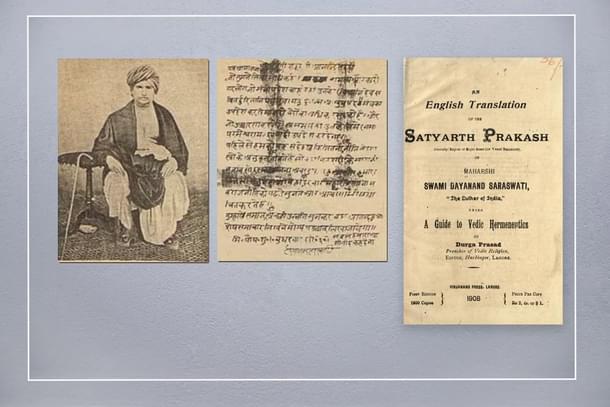
However, when Arya Samajists pressed for reforms against caste inequalities through people’s movements and through legislation, their opponents also started calling themselves ‘Sanatani Hindus’.
This is the basis of the mischievous and ignorant confusion that plagues the term to this day. However, great Hindu nation builders who strove to free India from colonial occupation of the land and the minds, saw through this game right from the beginning.
They sought the reclamation of the term Sanatana Dharma from the social stagnationists and colonial distortionists restoring it to its pristine true meaning.
Thus Swami Vivekananda called his Guru Sri Ramakrishna as the ‘living embodiment of Sanatana Dharma’. Mahatma Gandhi called himself a proud 'Sanatani Hindu'. Sri Aurobindo in his famous Uttarpara speech called Sanatana Dharma as life itself.
Sanatana Dharma as the Universal Religion
Swami Vivekananda used the term 'Sanatana Dharma' as the universal religion in which all religions are part and parcel. Thus what has evolved in India as Sanatana Dharma would become a model for a universal religion with each religion entirely having their identity and originality.
He pointed out that Sri Ramakrishna, ‘left every religion undisturbed because he had realised that in reality, they are all part and parcel of the one eternal religion.’
At the same time in a letter written to Hariprasad Mitra in 1893, he lamented that social stagnation and its malignant manifestations like untouchability had ‘degraded … our eternal religion.’ He blamed those who claimed themselves to be the custodians of religion but never did anything for the downtrodden.
In his Bengali lecture on Sri Ramakrishna he again pointed out that it was Vedanta which had the ‘the only exponent of the universal and eternal religion for all mankind.’ He also saw Sanatana Dharma as ‘the grand synthesis of all the aspects of the spiritual ideal’ and decried it being reduced to ‘sectarian hatred and intolerance’.
Sri Narayana Guru and Sanatana Dharma
Sri Narayana Guru, revered as the Jagat Guru of Advaita Vedanta, offered profound clarity on Sanatana Dharma.
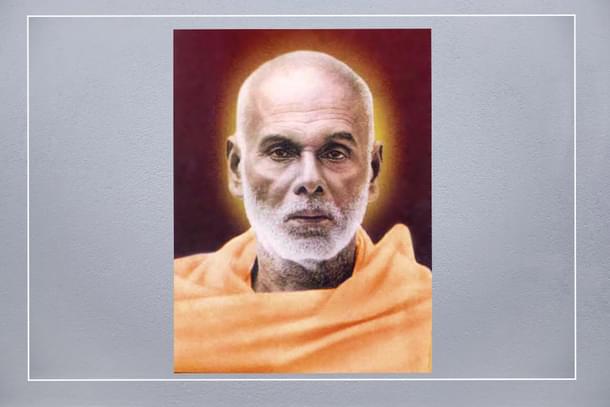
When his disciples sought to abandon Hinduism for other faiths, seeking liberation from the oppressive social structures within, the Guru addressed them thus:
Our religion should be one that allows freedom of faith, acceptable to all cultured minds and that leads humanity to a noble ideology. The Sanatana principle, ‘One Caste, One Religion and One God for Humanity’ is such a religion. I feel the ideal principle for the Yogam would be to accept all equally who believe in this Sanatana Dharma. Those who think that without religious conversion inequality and difficulties would not end, acceptance of Sanatana Dharma as their religion would be their religious conversion and proclamation of freedom.’Sanoo, M K., Sree Narayana Guru - Life and Times, pp. 294-295
This was the last message given by the Advaita Paramacharya to his followers.
This message, ‘Oru Jathi (One jati), Oru Matham (One Religion), Oru Deivam (One Divinity) for all humanity’ echoes the Bhagavad Gita's vision of 'Sanatana,' the one Divine presence unifying all, affirming spiritual equality as an existential obligation.
The same is found in the teachings of Swami Vivekananda, Sri Aurobindo, and Mahatma Gandhi.
One should also note here that Madhav Sadashiv Golwalkar, whom the RSS venerates as 'Guruji', had also categorically stated that varna was only a vyavastha (a system) of social accord and not an avastha (condition) and hence not foundational to Sanatana Dharma.
To equate Sanatana Dharma with 'casteism' and 'social stagnation' is to succumb to ignorance and hatred. May Sri Narayana Guru, the Jagat Guru of Advaita Vedanta, illuminate the minds of those who remain deluded.





